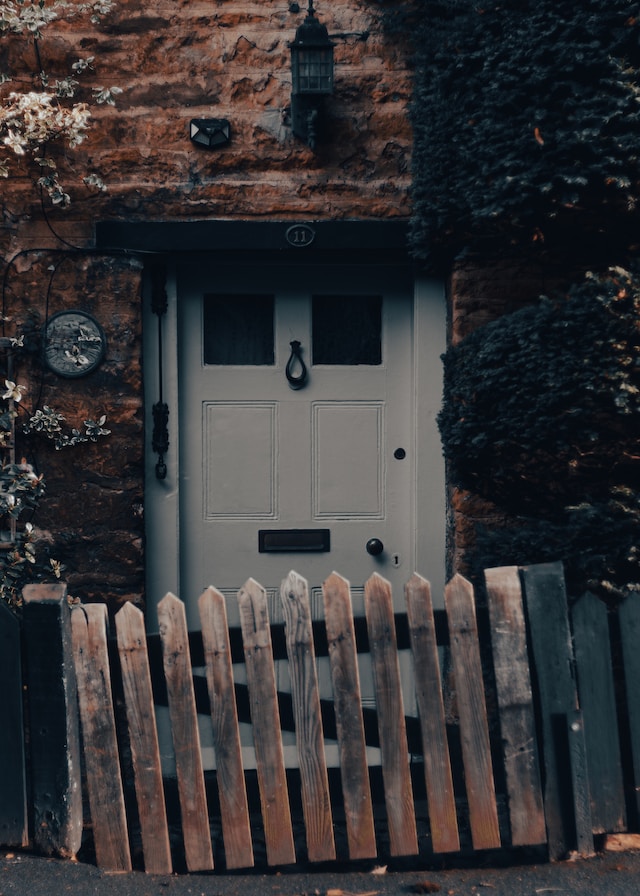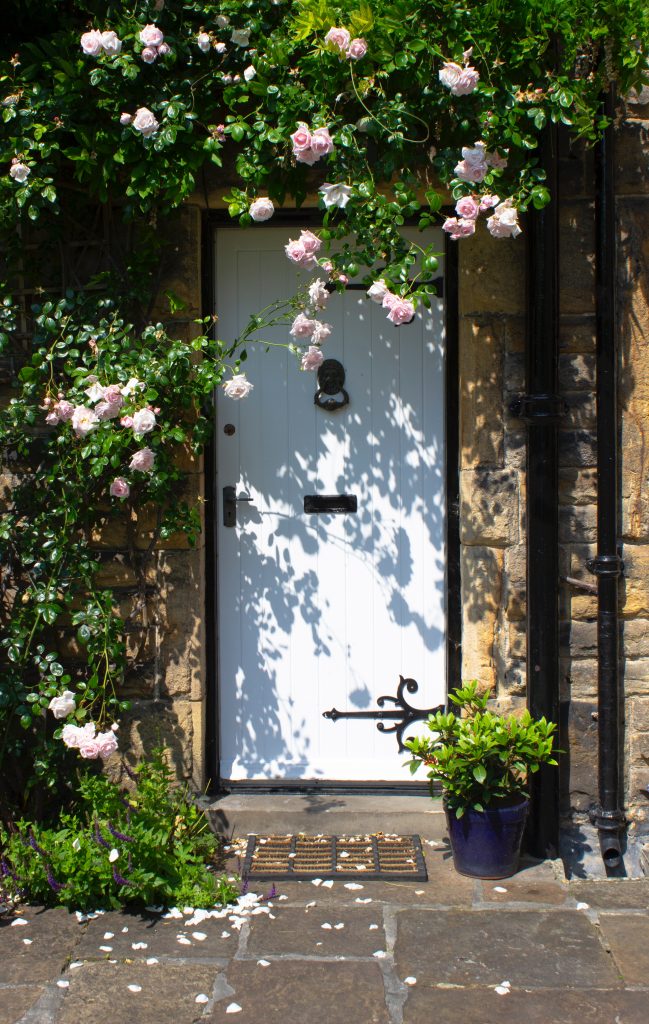2008
Handy Tips 2. (of 3) -Installing decorative exterior shutters.
Handy Tips 2. (of 3)
Installing decorative exterior shutters.
Drilling the shutter installation holes.
Brickwork and Masonry Walls.
Try not to drill into pointing unless you have a wall constructed from engineering bricks. I’ll deal with this matter later on.
Pointing can be extremely variable in consistency and the finished hole can end up being much bigger than the drill bit, particularly if the composition is soft and sandy. Unless you have no option, we always recommend drilling into solid brickwork.
Some bricks are very soft whilst others such as engineering bricks are very hard indeed. Test the brickwork by drilling a hole directly behind where the shutter is to be located and see if the wall anchor (Rawlplug (TM)) or Shutter Spike fits snugly into the hole.
If the brick or material you are drilling into really is tough work then you might want to consider drilling into the pointing as an alternative. Test the pointing for consistency and select the appropriately sized drill bit (you might need a slightly larger drill bit for hard, ungiving material and a smaller drill for softer compositions.
If using a Spike, it should bite as it is gently tapped into the hole. If the hole is too big the spike will not grip and pull out easily. If it is too small the spike will bend as you tap it in. Use a slightly bigger or smaller drill bit depending on the situation. The same rules apply to wall anchors. The wall anchors should fit snugly and not pull out of the wall when you screw into them.
If you are like most people and have a small selection of drill bits at your disposal don’t worry! If the hole needs enlarging a fraction just wriggle the drill bit in the hole when drilling to enlarge the hole. If the hole is too big, then take a small shaving of wood and place it next to the spike and then tap both shaving and spike into the hole. The shaving will take up the slack and provide a secure fixing to enable the spike to grip. I have found that you can also use this technique with wall anchors such as rawlplugs(TM)
Timber Walls.
One potential problem that you will need to consider when drilling into a timber frame or timber wall is moisture/ water ingress. Water ingress can be serious and extremely damaging so all precautions should be taken to prevent water entering the timber.
If using a screw fixing, a small dab of clear silicon on the tip of the screw will form a water tight seal around the hole. Don’t apply too much silicon as this will make a dreadful mess. Apply just enough so that as the screw thread enters the wall it squeezes the silicon up along the shank.
Shutter Spikes are self sealing because the thread on the shank is barbed and backward facing rather than spiralled. As a consequence no water will run down into the hole. That said, the hole still needs to be the right size and particular care must be taken to use the right sized drill bit. In an emergency, where the drilled hole is too big, use a small amount of waterproof silicon sealer as described above.
Tiles and Slate.
If I had a penny for every time I had to answer the question of whether our decorative shutters can be hung on tiles I think I would be very wealthy by now. In short, the answer is yes but with obvious reservations.
Tiles can be fixed to a wall in many ways and it is not advisable to secure shutters to tiles that are purely hung and not fixed to a wall. The reason is obvious; when the wind blows there is a risk that the shutter will take the tile off the wall.
Most tiles are secured onto wooden battens, some however are not. Either way you must drill through the tiles and secure a fixing into the wall or batten behind the tile. Fixing into battens can be awkward as you will not know where the battens are positioned and this is a situation that you must overcome by carefully locating the battens and if need be, adding further battens so as to be able to get a secure fixing. Not an easy job but one I consider more tricky than difficult. Where there is a wall behind the tile, you will need some particularly long screws but otherwise the task is far more straightforward.
To drill a hole into a tile do not use a masonry drill bit; this will only crack the tile. You must also remember to turn the hammer action on the drill to off. Only use a drill bit designed to cut holes in porcelain or ceramic tiles. These specialist drill bits can get very hot when in use and the cutting edge can easily wear off. As the bits are not cheap to replace I would recommend that you go very slowly indeed and use a water spray every few turns to cool the drill bit down. It is slow work but you will get there in the end. Once through the tile, drill into the batten or wall (use a wall anchor if required), position your shutter and screw home.
Now go to Handy Tips 3 for the next stage.



